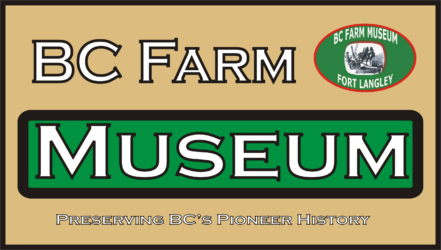Whilst up on our mezzanine, you’ll notice the dairy section. Here you’ll see how the milk was collected, cooled before being sent for processing, how they separated the cream and made butter.


Butter Churn
Manufactured in the early 1900s
The agitation of the cream, caused by the mechanical motion of the wooden dash, disrupts the milk fat. The membranes that surround the fats are broken down, subsequently forming clumps known as butter grains.
These butter grains, during the process of churning, fuse with each other and form larger fat globules. Air bubbles are introduced into these fat globules via the continued mechanical action of the dash and churn. The butter grains become denser as fat globules attach to them while the air is forced out of the mixture.
This process creates a liquid known as buttermilk. With constant churning, the fat globules eventually form solid butter and separate from the buttermilk.
The buttermilk is then drained off and the butter is squeezed to eliminate excess liquid and to form it into a solid mass.
DONOR: Dairyland




